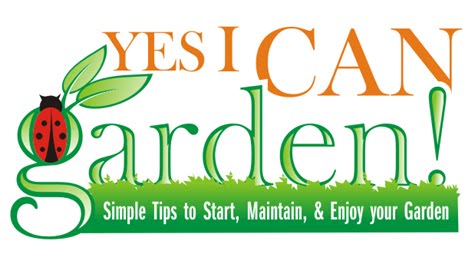
Most children love to help around the garden, and gardening with kids can be fun as well as educational. Children will get to spend time outdoors in the fresh air, and can gain a sense of confidence by maintaining the garden and by helping to plan and carry out small projects. They get to estimate, weigh, solve problems, and count—all great math skills that they will probably not even be aware they are developing! Also, they will hopefully begin to develop an appreciation of the natural world by working closely with natural materials and watching how the garden changes with the seasons—from the first buds in spring to the harvest and tasks of late summer and autumn.
Garden Maintenance
Children love to help out with all kinds of tasks, from watering to weeding. For jobs that are too big for them, see if you can find a way for them to help out with an associated task. Some jobs are for adults only—trimming and piling branches, for example, or anything involving toxic substances, sharp items or power tools. Tasks they can be assigned will depend on their age and attention span. Children might help sort or pile items, while you carry out more difficult tasks. They can help pile or move weeds or harvested vegetables or fruit (moving plants into a basket or wheelbarrow, for example). They might also simply dig around in an inconspicuous spot while an adult carries out other tasks. Older children may get quite good at weeding and other routine tasks, and may work independently on projects after you let them know what needs to get done. Make sure children know that weeding is only to be carried out with adult supervision, and that it is the entire plant (including stalk and roots) that gets pulled up—you do not want come out to the garden one afternoon and find that younger children have been “helping” by removing all the petals on your favourite flowering plants.
If you have a few extra watering cans, children can help water the garden, as well. Make sure you do not overfill the cans, since they get heavy quickly, and kids are usually stubborn about wanting to haul the watering cans around, even if they are awkward to carry. Another idea is to buy a few child-sized watering cans, instead. Children can also help rake, break up soil with a spade or hoe, and collect rocks that you need removed from the garden--larger ones can be used to make decorative designs or can be placed at the edges of garden beds. Check the dollar store or local toy store for child-sized garden tools and sand toys. Although they may be plastic and prone to breaking more easily, they are not sharp—which is probably the most important thing, since children’s safety should be your first priority.

Planting
Children can be involved in all aspects of planning and planting the garden. They can plant seeds in flats near the back door, or in pots set on the windowsill. Kids will also enjoy watching beans sprout, and watching how the roots develop; set up a lidded jar lined with moist paper towel for this project. Children can also help to plan the vegetable garden. They can accompany an adult to purchase seeds or young plants at the nursery, which they can care for in their very own garden plot. Keep the scale small so that routine tasks such as watering, weeding, and harvesting do not seem overwhelming. Children can also help deadhead and scatter seeds—make sure to give them clear instructions about where you want the seeds, as well as how to tell when a plant is ready for this!
Nature Projects
Children can also enjoy a range of art projects and basic scientific projects using materials found in the garden or the local park. These can range from bark rubbings to creating their own miniature gardens in shallow containers; from collecting and spray painting spiders’ webs to pressing flowers, classifying plants, and collecting insects. I will post a few of these ideas, in more detail, next week.

No comments:
Post a Comment